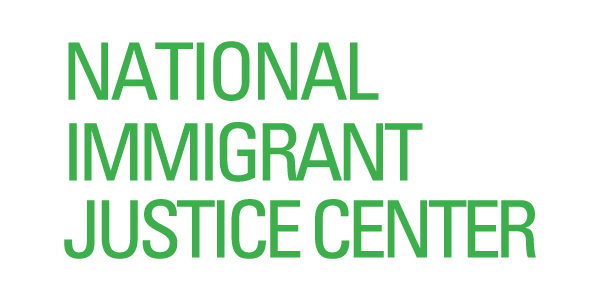Update: Within days of the announcement of the new asylum ban , RAICES and CAIR Coalition filed a lawsuit in federal district court in Washington, D.C. challenging the rule, followed closely by a similar suit by ACLU in California. On July 24, 2019, the California judge enjoined the rule nationwide, putting implementation of the ban on hold while both federal court cases proceed.
Below is NIJC's statement responding to the administration's initial announcement of the second asylum ban:
The Trump administration's interim asylum ban rule is the most wide-ranging and malicious step yet by the White House to close the United States’ southern border to asylum seekers.
National Immigrant Justice Center (NIJC) Executive Director Mary Meg McCarthy responded to the introduction of the interim rule with the following statement:
“People who come to the United States to escape violence and persecution, no matter where they enter, have a legal right to seek asylum. The new regulation violates U.S. federal asylum law and our obligations under the United Nations Refugee Convention. We are confident this new regulation will meet the same fate as this administration’s previous asylum bans and will be enjoined by a federal court. Meanwhile, people's lives and safety are being cruelly placed in jeopardy as a political stunt. That is beneath us as a nation.”
Specifically, the new asylum ban:
- Imposes an automatic ban on access to asylum for nearly any person who enters the United States by land from Mexico beginning today, including unaccompanied immigrant children, even if they enter lawfully through a port of entry. This approach contradicts the asylum statute’s promise that “any” noncitizen can seek asylum. Migrants and families affected by this new policy include those seeking asylum from Central America, Africa and other regions of the world whose only route to safety is through Latin America. The new rule also creates a roadblock to asylum protection for people who have entered the United States lawfully via the southern border and later determine they cannot safely return to their home countries.
- Carves out a limited and superficial exception for asylum seekers who have sought, and been denied, asylum in the countries through which they transited, even though in many third countries, asylum would provide a protection that is illusory at best and it is unsafe for many asylum seekers to remain in there long enough to request protection.
- Forces Mexico and Central American countries to assume responsibility for all refugees in the region. Asylum law allows the administration to negotiate treaties with other countries along the lines of what this rule requires. Because Mexico and Guatemala have refused to enter into “Safe Third Country” treaties with the United States, the administration has effectively side stepped that process and forced those and other countries into such an agreement.
NIJC already is challenging the administration’s original asylum ban, which President Trump announced in November 2018. The U.S. District Court for the District of Columbia is expected to issue a final decision in the case of O.A. v. Trump soon.

